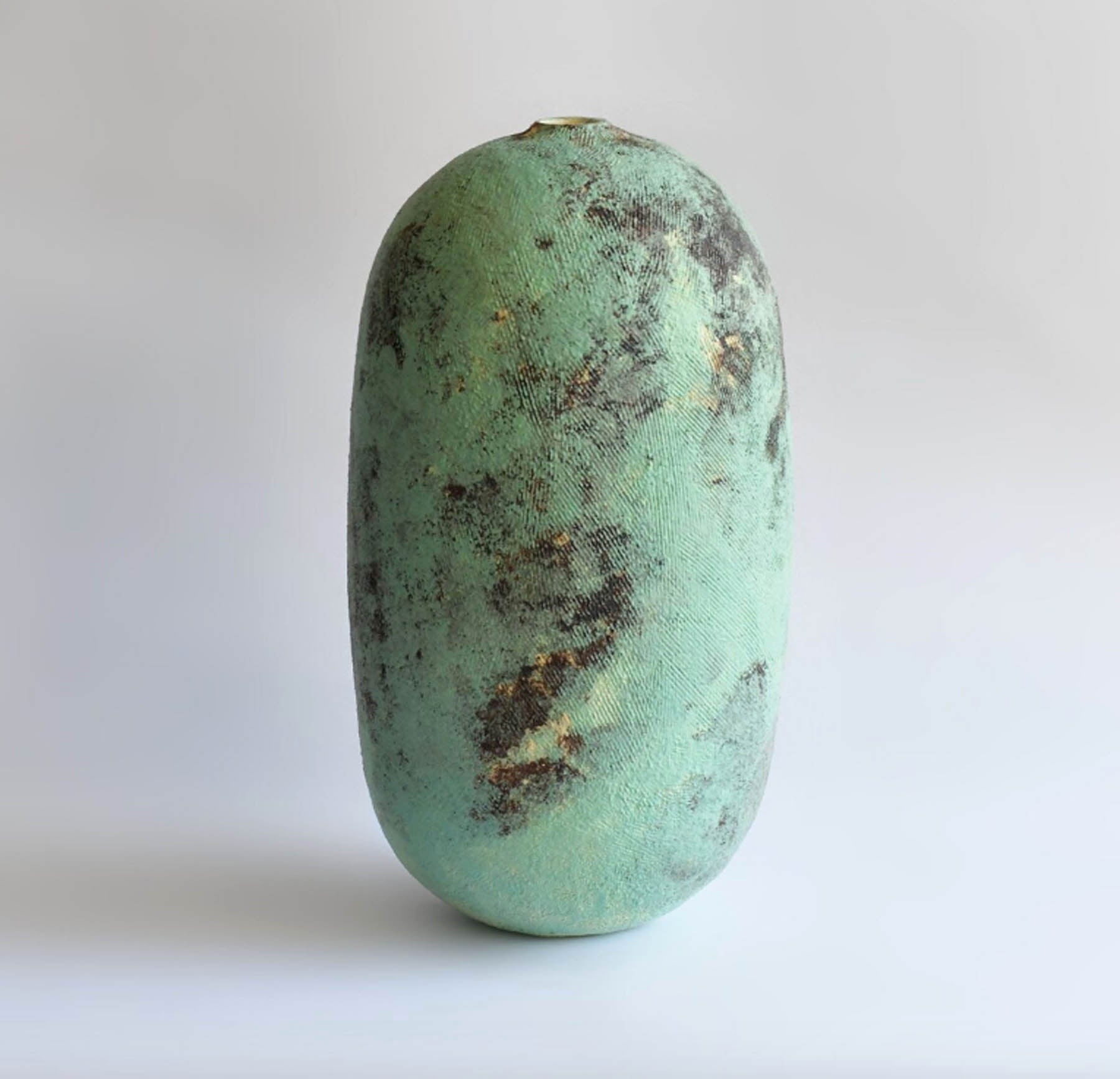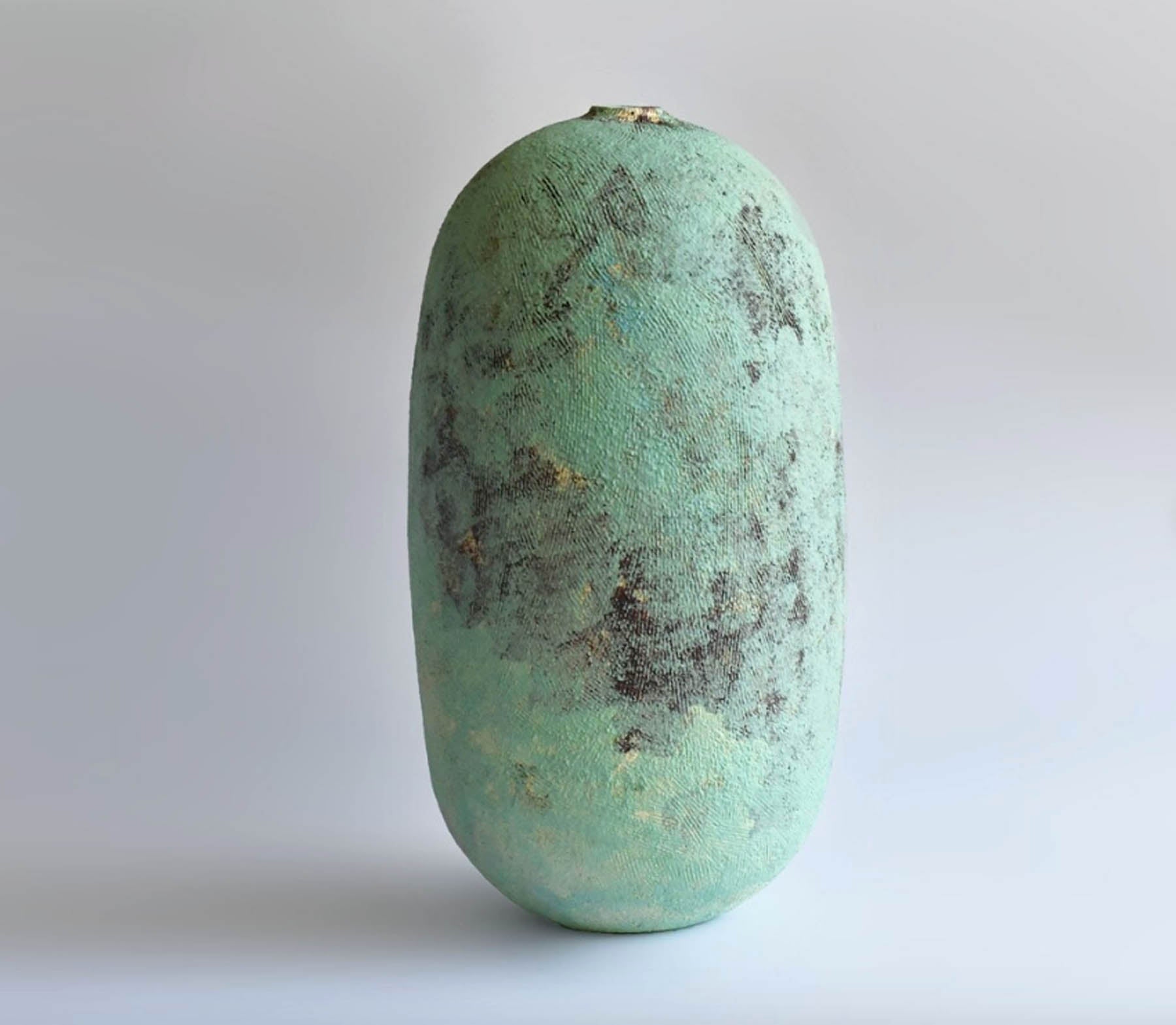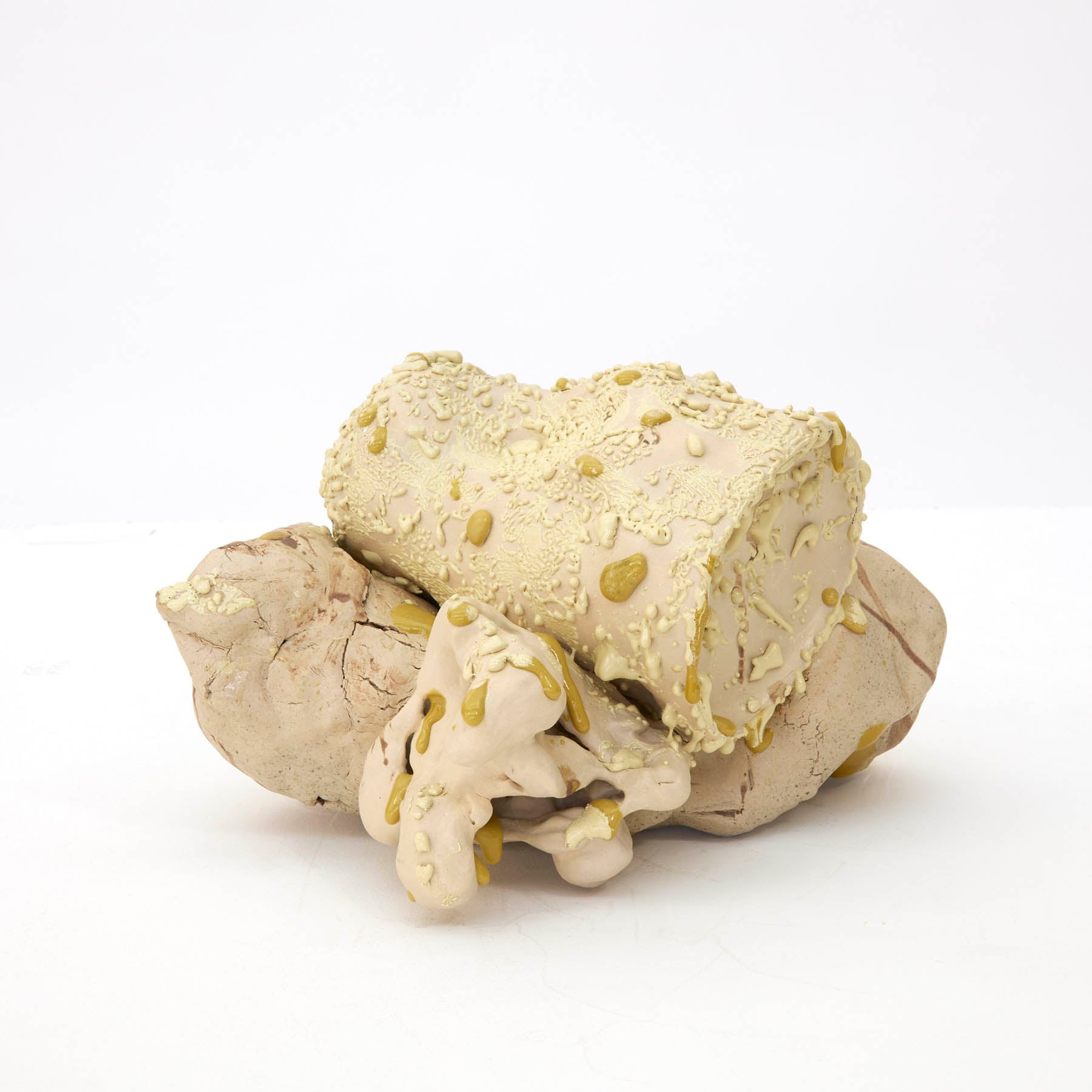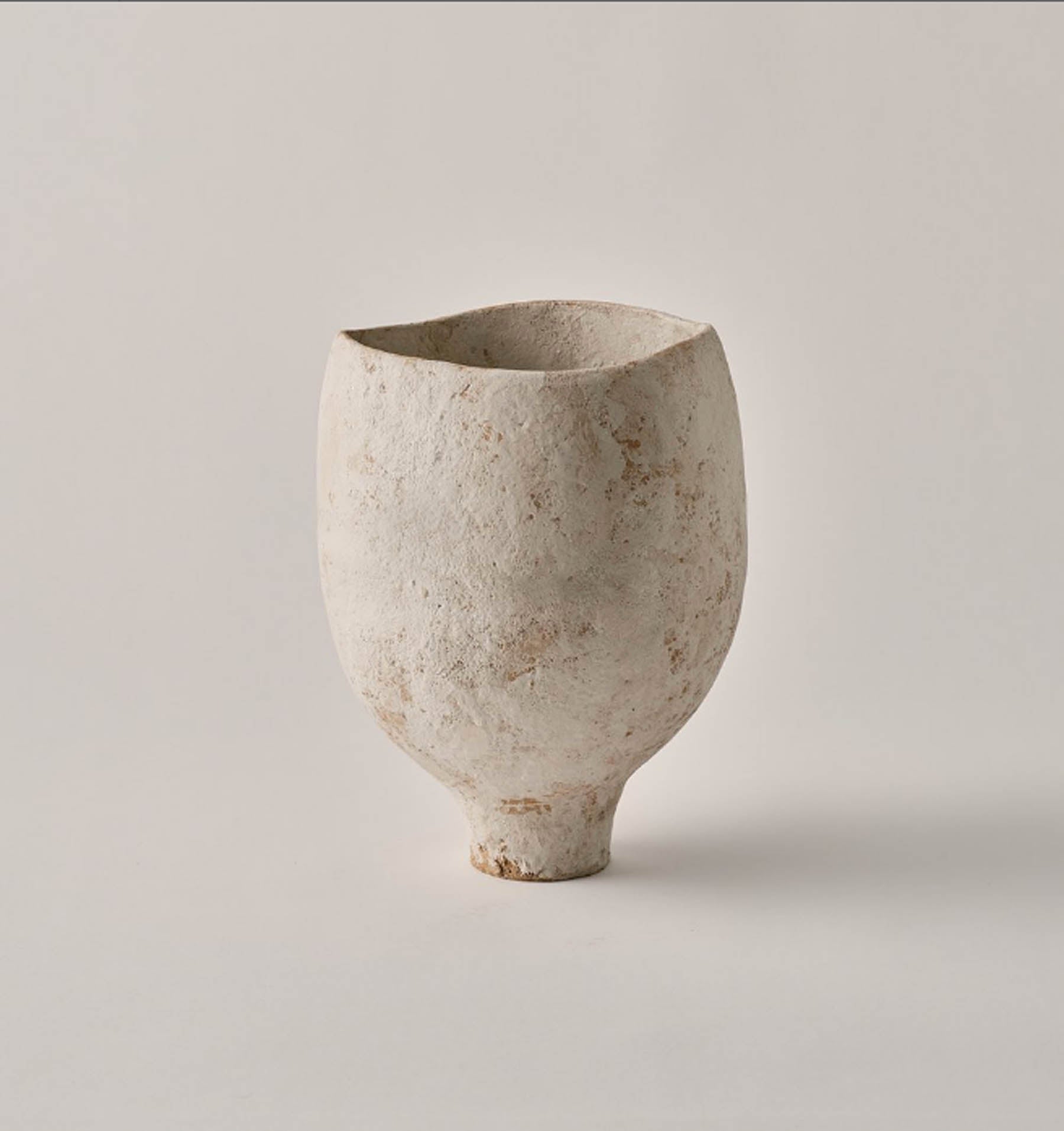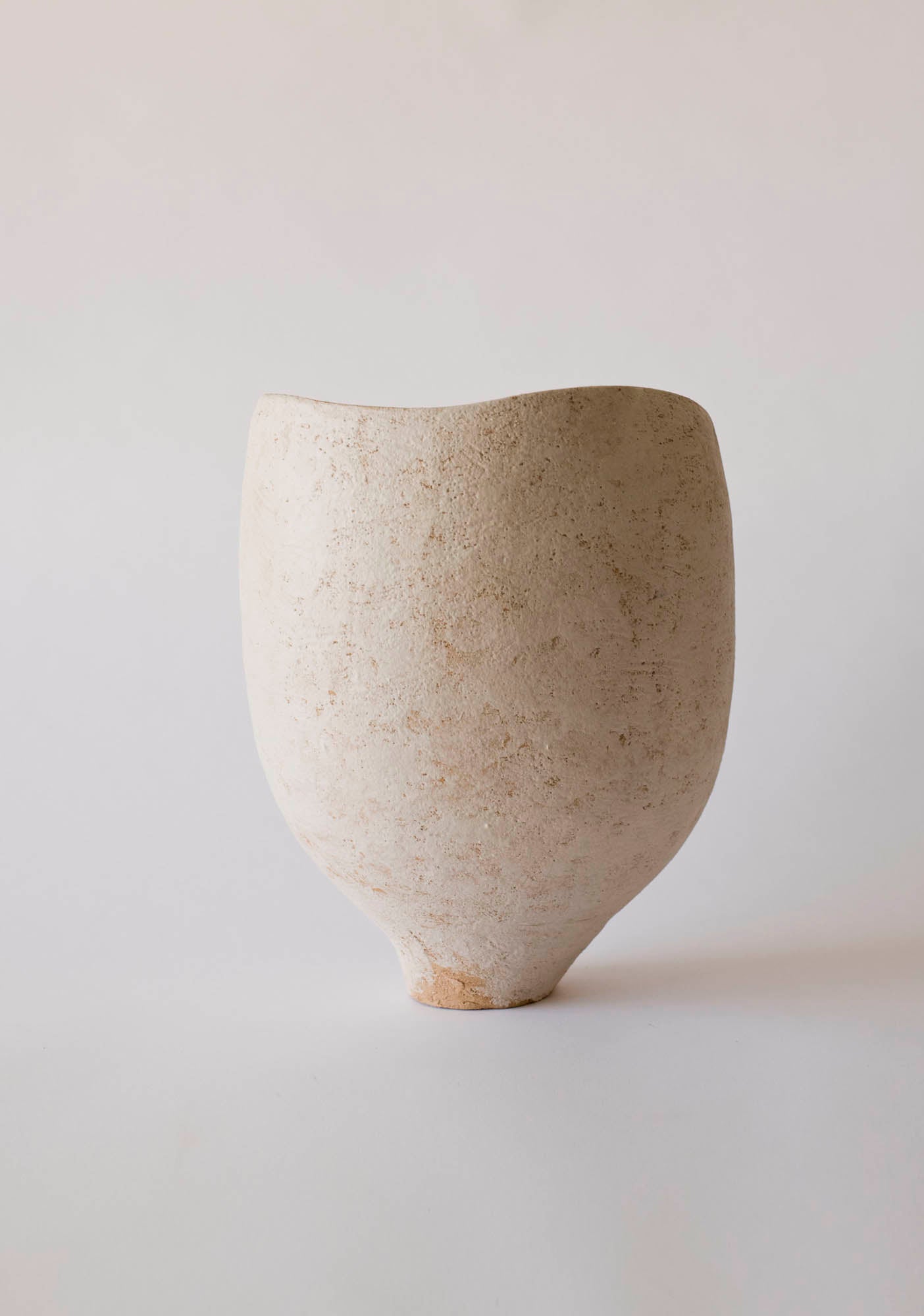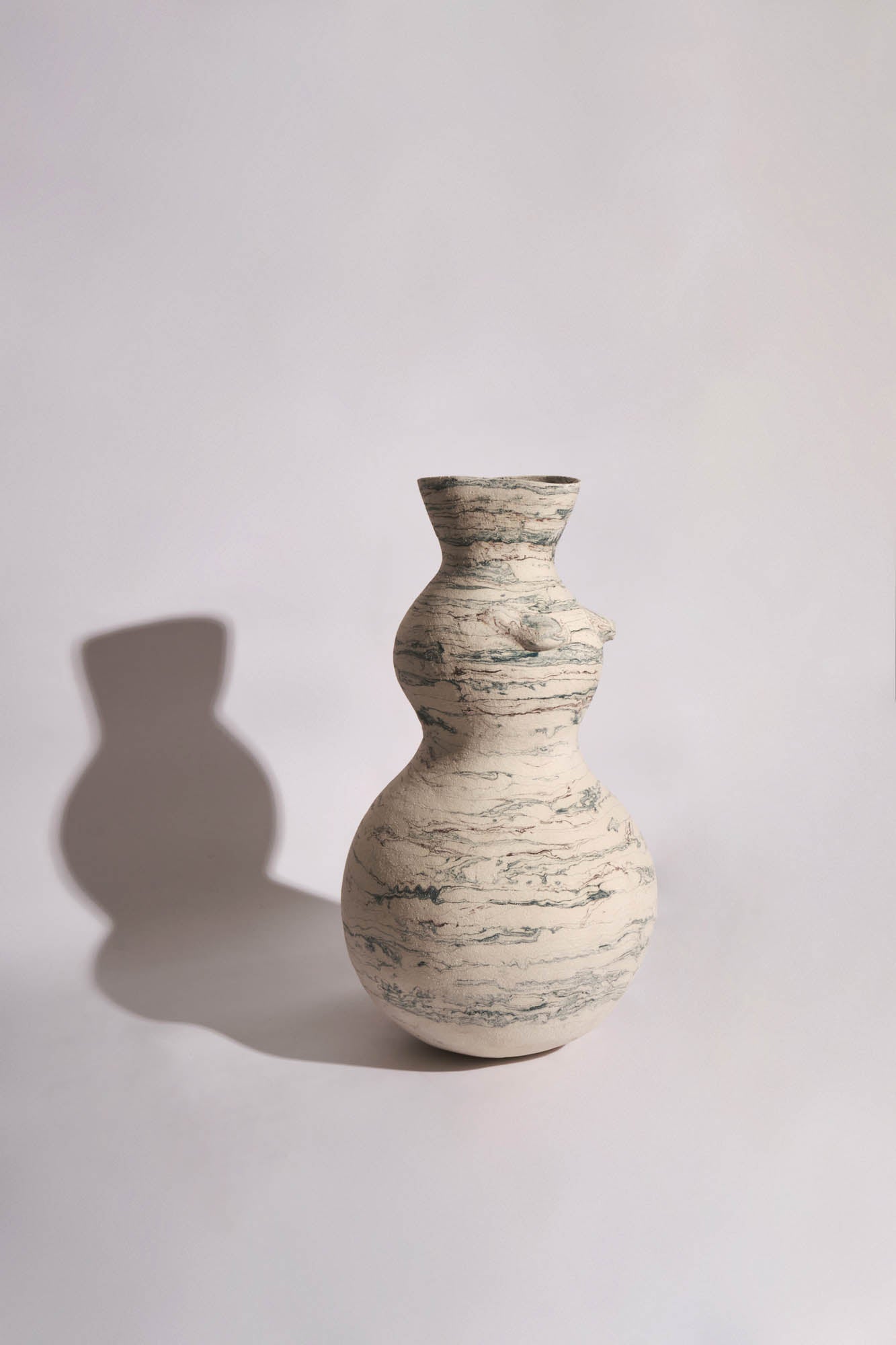Stoneware Mastery: Techniques That Define Excellence
Why Stoneware Endures: The Material Story
Stoneware speaks a language of quiet strength. It begins in the earth—fine clays tempered with minerals and grog—then advances through skilled hands, exacting heat, and the kind of patience only craft can teach. The result is a body that is dense, durable, and tactile, with a surface that invites touch and a presence that anchors a room. When collectors ask how stoneware is made, we often point them to the complete arc: sourcing a robust clay body, shaping with intention, refining the surface, and firing at high temperatures that permanently fuse form and function. Stoneware holds water without complaint, resists daily wear, and ages with grace; it’s no surprise it remains the material of choice for serious makers and discerning homes.
At Trove Gallery, our artists in stoneware and other high-fired ceramics balance tradition with experimentation. Each piece suggests a dialogue between material and maker—one where natural imperfections are not flaws but signatures of process. In this guide, we’ll explore the essential stoneware pottery techniques that define excellence, then introduce a curated selection of works from our makers whose pieces capture the nuance of fire, form, and finish.
Core Stoneware Pottery Techniques
Stoneware mastery begins with technique. While styles vary, you’ll find a handful of foundational approaches that inform most high-fired ceramic work. Understanding these techniques illuminates why certain pieces feel so alive—why a rim catches the light just so, or why a vase’s silhouette reads as both ancient and new.
Wheel Throwing: On the potter’s wheel, a centered mound of clay is drawn upward into form. Throwing yields symmetry with subtle, human nuance: a whisper-thin lip, a proud shoulder, or purposeful throwing rings that remember every touch. It’s ideal for vessels that ask for balance—vases, bowls, lamp shades—and for exploring proportion across a series.
Handbuilding (Coil, Slab, Pinch): Handbuilding trades rotational speed for contemplative construction.
- Coil building stacks long ropes of clay, compressed into continuous walls that can rise into sweeping, sculptural silhouettes.
- Slab construction assembles flat sheets of clay into planes and curves—perfect for architectural forms, lighting, and wall reliefs.
- Pinch building begins with a single lump, slowly eased into shape between thumb and fingers, retaining intimate traces of the hand.
Carving, Trimming, and Joining: After initial shaping, artists refine the piece. Trimming on the wheel lightens a form and sharpens footrings; carving removes clay to reveal rhythm and depth; joining uses score-and-slip to combine multiple elements into one cohesive sculpture. These steps bring clarity—transforming a good form into a great one.
Compression and Burnishing: Compressing clay (with ribs or stones) aligns particles for strength and a smoother surface. In some pieces, a subtle burnish amplifies softness before the final surface treatments, producing an inviting silk-matte feel after firing.
Surface Alchemy: Texture, Slip, and Glaze
The surfaces of stoneware are a world unto themselves. Texture and glaze are not mere finishes, but active layers that catch light, invite touch, and tell the story of heat. The finest makers use a restrained vocabulary—one or two glazes, a practiced slip, perhaps a wash of oxides—to craft timeless surfaces that don’t shout, they resonate.
Texture: A dented thumbprint, a rib’s sweep, or a brushed slip can make a surface hum. Many artists press fabric, wood, or found objects into soft clay to create relief patterns that read like topography. Texture does not merely decorate; it articulates structure, makes a tall piece feel grounded, and rewards close looking.
Slip and Engobe: A slip—liquid clay sometimes tinted with oxides—lays a foundation for depth. Artists may trail slip to draw lines, brush it for painterly movement, or layer it under translucent glaze for a sense of fog and shadow. Inlay techniques like mishima carve lines that are filled with contrasting slip, then scraped back to reveal crisp, graphic detail.
Glazes and Washes: Glaze chemistry is a dance of silica, flux, and alumina balanced for temperature and atmosphere. Satin-matte glazes bring a quiet glow; glossy glazes magnify ridges and throwing rings; ash-inflected or soda-fired surfaces shimmer with nuanced, organic speckling. Iron oxide washes settle into carvings, making details read with sculptural clarity.
Consider how these approaches present themselves in our collection. The elegantly restrained surfaces of minimalist vases accentuate silhouette and proportion, while sculptural lighting uses tone and texture to transform shadow into design. Surface becomes a form of storytelling—each layer an echo of intent.
Fire as Collaborator: Kilns, Atmosphere, and Strength
Ask any seasoned ceramicist how stoneware is made, and they’ll tell you: the kiln has the last word. High firing (often in the 1200–1300°C range) vitrifies the clay body, making it dense, durable, and naturally water-resistant. Beyond temperature, the firing atmosphere shapes color and texture. In oxidation (common in electric kilns), glazes skew bright and predictable. In reduction (often gas or wood), oxygen is limited, coaxing deeper, more complex hues—coppers go red, iron-rich clays deepen to warm browns.
Specialty firings, like soda or wood, introduce fluxes into the kiln atmosphere, gently glazing surfaces with vapor. The result is alive with variation—flashes, freckles, and soft sheen that can’t be painted on, only discovered. For lighting and wall works, kiln cycles must be carefully tuned for strength and stability, ensuring fixtures are both beautiful and structurally sound.
In every case, the kiln is a collaborator—its controlled chaos a generator of poetry. Mastery lies in knowing how to prepare a piece to welcome that transformation, then stepping back to let the fire speak.
Curated Works That Embody Stoneware Mastery
Excellence in stoneware comes to life in the hands of the artists we’re proud to represent. Below, discover a selection of vases, sculptures, and lighting that demonstrate how refined technique yields unforgettable objects. Prices are shown to help you collect with confidence, and each title links to its page at Trove Gallery.
Àlvar Martínez Mestres: Purity in Form
Two vessels by Àlvar Martínez Mestres capture an elegant restraint that rewards slow looking. The Distressed Sardinia Vessel ($732.00) offers a weathered, timeworn surface—think tidal stone and salt-kissed architecture—expressed through a thoughtfully distressed finish that amplifies the vessel’s sculptural silhouette. Its counterpart, the Purity Vessel ($690.00), pares the language down even further: a focused form with a serene surface, perfect for interiors that favor quiet materials and honest shape. Both pieces exemplify how practiced trimming and surface restraint let proportion take center stage. Explore more from this sensibility in our maker collection for Àlvar Martínez Mestres.
Beril Nur Denli: Gesture and Structure
Beril Nur Denli’s Improvisation ($3,048.00) channels the spontaneity of drawing into three dimensions. It reads as a conversation between coil-built volume and deft carving, a piece that changes with every vantage point. The surface—subtle, tactile, and disciplined—allows the gesture to breathe. For collectors who seek a sculptural focal point with intellectual rigor and warmth, this work embodies masterful control without sacrificing surprise. Discover more from the artist in the Beril Nur Denli collection.
Maria Economides: Figurative Quietude
The deeply considered forms of Maria Economides bring the human body’s lyricism into ceramic sculpture. Woman III ($3,134.00) and Woman IV ($3,134.00) are meditations on curve, balance, and presence. Each piece fuses sculptural clarity with a surface that feels lived-in rather than lacquered, inviting an intimate relationship with the viewer. With their poised silhouettes, they read as modern classics—living comfortably alongside contemporary furniture and heirloom pieces alike. Explore more by visiting the Maria Economides collection.
Marina Necker: Organic Architectures
Marina Necker’s practice celebrates the poetics of growth—seedpod, root, ice—translated into refined, high-fired ceramics. The Physalis 01 ($768.00) and Physalis 02 ($567.00) echo the protective husk of the physalis fruit through delicate ribs and softly rounded volume; their surfaces, gentle and tactile, magnify the play of light and shadow along each ridge.
Necker’s Root series offers sculptural vessels that feel discovered rather than made. The Medium Root Vase ($150.00), Large Root Vase ($267.00), and X-Large Root Vase ($826.00) scale from tabletop accent to commanding centerpiece. Their branching contours lend themselves to ikebana-style arrangements, dried stems, or simply air and light. Completing this natural lexicon, the Ice Vase ($218.00) introduces crisp facets and cool tonalities, a study in clarity and restraint. Explore the full depth of this maker’s organic vision in our Marina Necker collection.
Marie-Laure Davy: Light, Line, and Atmosphere
In Marie-Laure Davy’s work, clay becomes architecture for light. The sculptural wall piece Abundance - Double Base with Drape ($4,180.00) folds and cascades like cloth caught mid-air, its surface reading as stone softened by time. As a stand-alone artwork or paired with lighting, it introduces a lyrical, textural counterpoint to sleek interiors.
Her wall lights translate ceramic form into illumination with rare sensitivity. The Folding and Unfolding Wall Lights ($1,078.00) carve light into gentle planes; the Tenderness Wave Lights ($1,074.00) sweep in soft undulations that animate a hallway or bedroom; and the quiet geometry of Still Lines Wall Lamps ($495.00) offers a clean, architectural rhythm. For contemplative spaces, the L'Envol - Meditation Altar Set ($459.00) provides a serene, grounded tableau—proof that thoughtful claywork can guide daily rituals. View her full lighting and wall sculpture language within the Marie-Laure Davy collection.
Emma Gautier - Omé Studios: Ink-Black Elegance
With graphite depth and a tailored profile, the Black Échos Vase ($636.00) captures the modernist end of the stoneware spectrum. Its dark, sophisticated surface makes a striking foil for pale florals and travertine, while its balanced weight communicates quiet luxury—never heavy-handed, always poised. It’s a piece that demonstrates how a considered glaze can make form read like a line in space.
Faustine Telleschi: Lines in Motion
Faustine Telleschi’s vases translate gesture into contour. The Undulating Vase ($275.00) dances with soft waves; the Elongated Vase ($307.00) stretches verticality into an elegant, room-lifting accent; and the Wavy Vase ($356.00) delivers a rhythmic profile that pairs beautifully with branches or stands sculpturally on its own. Their surfaces feel intimately handmade—smooth where the hand lingered, subtly irregular where the clay asserted itself. See more through our Faustine Telleschi collection.
Each of these pieces exemplifies techniques refined across years: precise trimming, confident joining, and surfaces tuned to reveal—not conceal—the story of the making. They are durable, museum-grade objects meant to be lived with, not just looked at.
How to Live With and Collect Stoneware
One of stoneware’s gifts is its versatility. A single, austere vessel can center a room; a trio can communicate rhythm and movement. Sculptural lighting adds texture and shadow play where typical fixtures offer only brightness. Here are a few curator-tested ways to bring these pieces into your daily life:
- Compose in Heights and Tones: For a mantel or console, group vessels of varying heights and volumes, keeping surfaces within a complementary palette. Try pairing the quiet geometry of the Purity Vessel with the articulated silhouette of the Undulating Vase and the grounding depth of the Black Échos Vase.
- Let Texture Lead: Use tactile pieces to anchor sleek spaces. The Distressed Sardinia Vessel excels against polished stone or lacquered wood, its timeworn surface bringing warmth to minimal settings.
- Build a Nature-Inspired Narrative: Cluster biomorphic forms like the Large Root Vase, X-Large Root Vase, and Physalis 01 to echo garden architecture indoors. Add branches, seedpods, or a single monumental stem.
- Elevate Light as Sculpture: Replace ordinary wall fixtures with ceramic art lighting. The Folding and Unfolding Wall Lights and Still Lines Wall Lamps create intimate pools of light that enhance architectural lines and artworks below.
- Create a Ritual Space: For daily mindfulness, arrange the L'Envol - Meditation Altar Set with a single vessel—such as the Ice Vase—and a sprig of greenery. The tactile clarity of stoneware makes even small rituals feel elevated.
Caring for Stoneware: Most high-fired stoneware is naturally durable and water-resistant. Rinse gently with warm water and a soft cloth; avoid harsh abrasives on matte surfaces. When using vessels for fresh florals, refresh water regularly and dry thoroughly between arrangements. For wall-mounted works and lighting, we recommend professional installation and adherence to the maker’s hardware guidelines to ensure longevity.
Collecting with Intention: Allow yourself to be guided by what you notice in your hands and in your space. Do you favor matte glazes that swallow light, or glossy surfaces that reflect it? Do carved lines appeal, or do you prefer uninterrupted planes? Curate pieces that share a conversation—through tone, gesture, or material—so your collection feels personal and cohesive, not merely assembled.
To delve deeper into specific maker approaches and see how stoneware pottery techniques translate across styles, explore our maker collections for Faustine Telleschi, Marina Necker, Marie-Laure Davy, Maria Economides, and Beril Nur Denli.
Stoneware Mastery, At Home
The heart of stoneware mastery is a generous one. These are objects meant for daily life—vases that welcome the season’s first branch, sculptures that hold a room’s gaze, lights that make evenings feel considered. If you’ve ever wondered how stoneware is made, or what differentiates good from exceptional, spend time with the work of our makers. Notice how a carved line catches a wash of iron, how a slab-built wall lamp folds like paper, how a thrown rim carries the memory of a single, deft pull.
We invite you to explore our curated selection, ask questions, and collect the pieces that resonate most. Start with a vessel that sparks recognition, or a wall lamp that reshapes your space—then build from there. The journey is iterative and deeply rewarding, much like the making itself.
Bring the craft home. Shop the full edit of stoneware and high-fired ceramics now—begin with Distressed Sardinia Vessel, Physalis 01, Folding and Unfolding Wall Lights, or explore every maker’s voice in our Collections. When you choose artisan work, you choose objects with soul—pieces that enrich daily rituals and stand the test of time.
